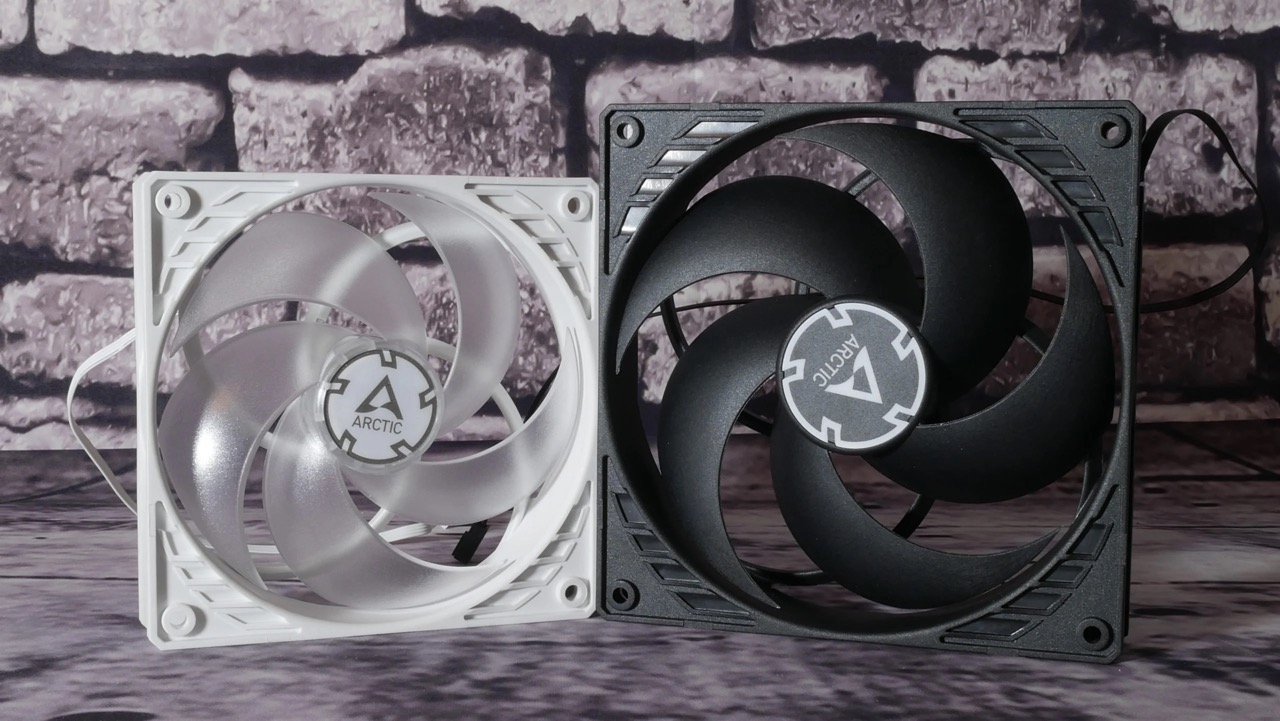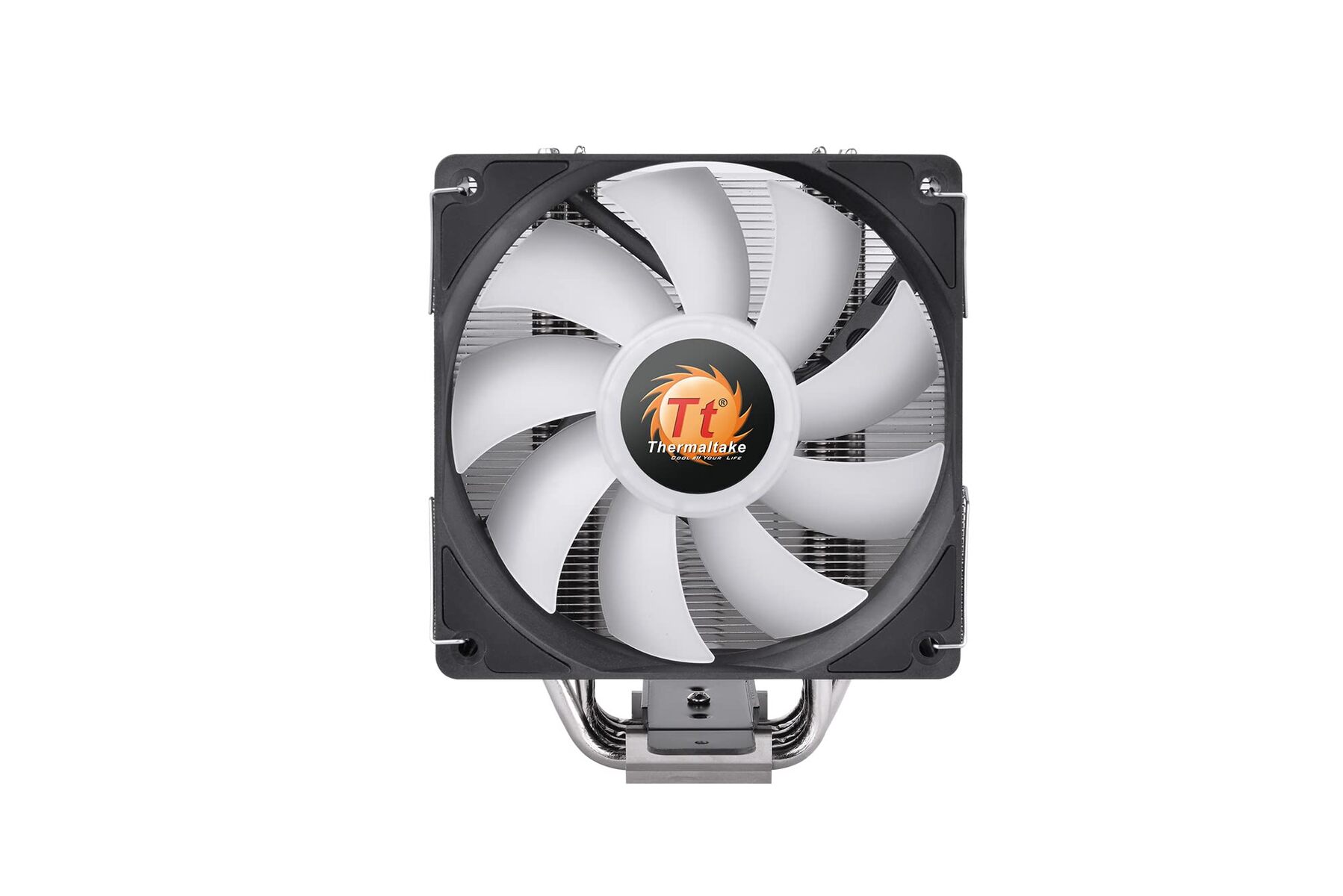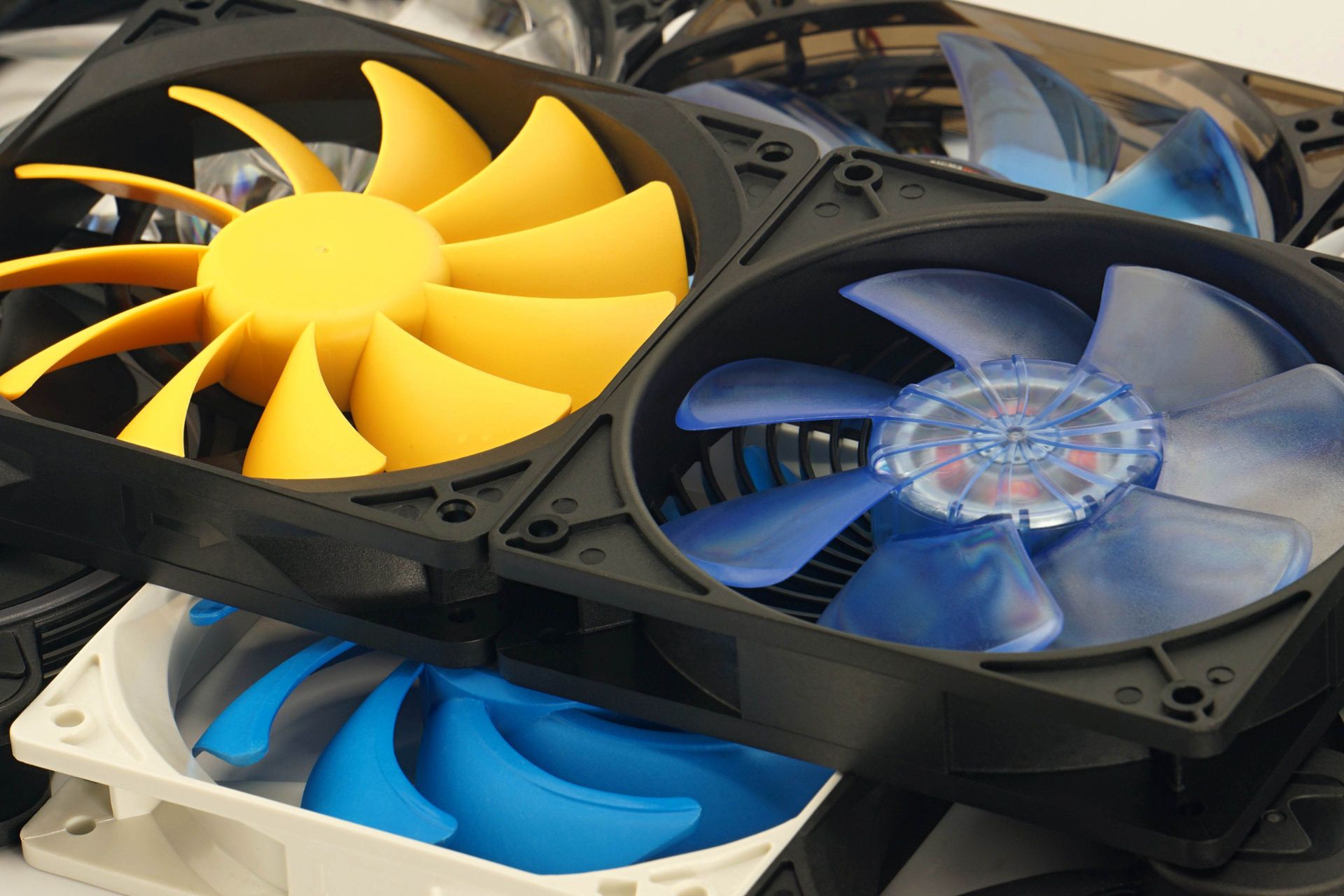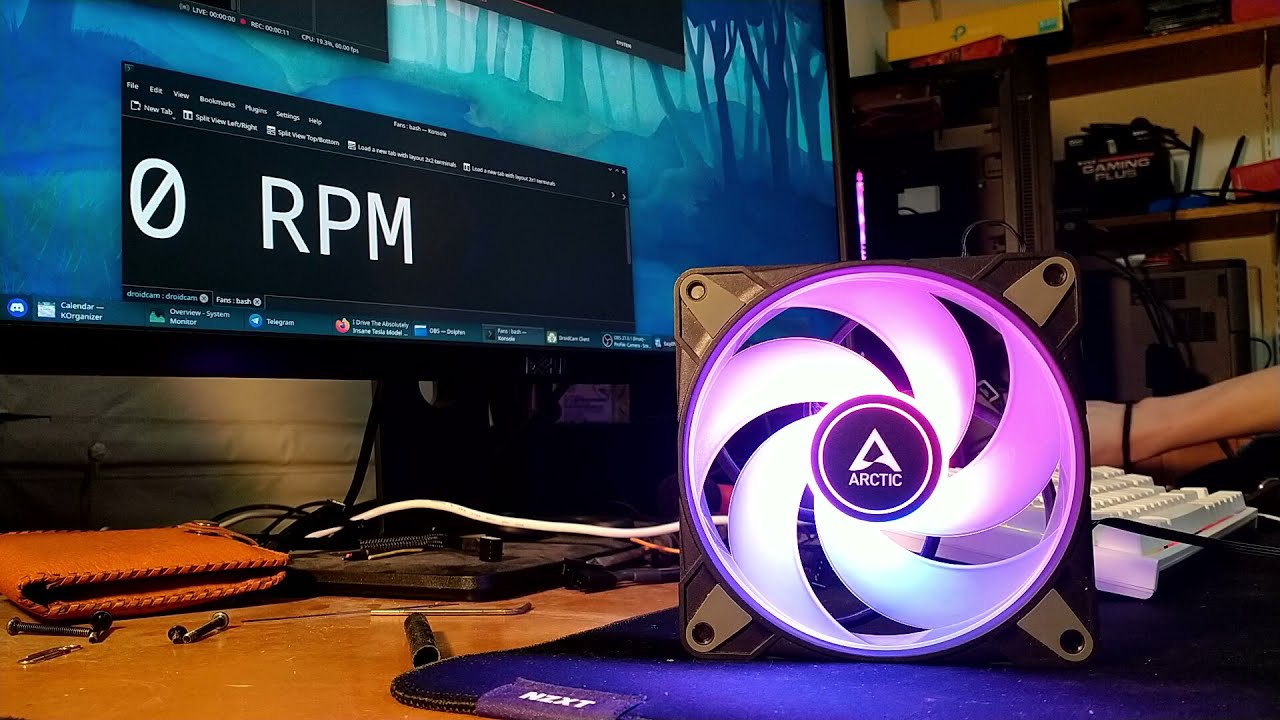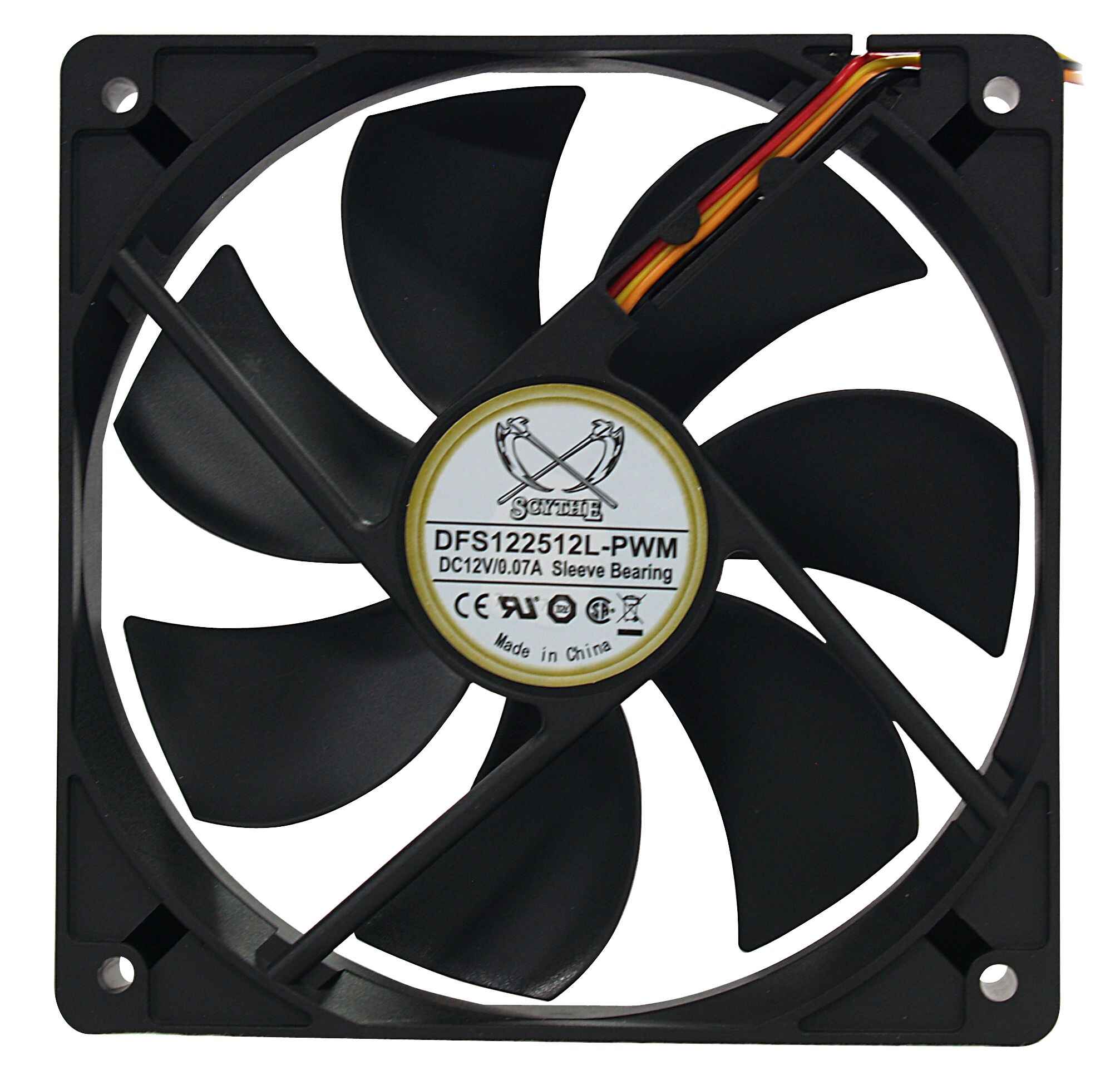Introduction
The world of computer cooling has seen significant advancements over the years, with manufacturers constantly developing innovative technologies to meet the ever-increasing demands of PC enthusiasts and gamers. One such technology that has gained popularity in recent times is PST, which stands for “PWM Sharing Technology” or “Pulse Width Modulation Sharing Technology.”
PST is a feature found in case fans that allows multiple fans to synchronize their speed and control through a single source. This technology offers users the ability to streamline their fan management and optimize airflow within their computer case. By leveraging PST, users can ensure efficient cooling and achieve a balance between noise levels and performance.
In this article, we will delve deeper into what PST is, how it works in case fans, and the benefits and drawbacks associated with this technology. We’ll also provide examples of case fans that incorporate PST and guide you on how to enable this feature in your own system.
What is PST?
PWM Sharing Technology (PST) is a feature found in certain case fans that allows for the synchronization and control of multiple fans from a single source. PST enables users to connect several fans together and manage their speed and performance simultaneously. This means that users no longer have to worry about individually adjusting the settings of each fan; instead, they can control all the connected fans as a group.
PST is based on Pulse Width Modulation (PWM), which is a method of controlling the power and speed of electrical devices. PWM works by rapidly switching a device on and off to achieve the desired output. In the case of fan control, PWM adjusts the voltage supplied to the fan, controlling its speed without affecting its internal components. By utilizing PWM technology, PST allows users to manage fan speeds more precisely and efficiently.
The primary advantage of PST is its ability to synchronize the fans’ speed and operation. By connecting all the fans to a single PWM signal source, users can ensure that the fans are spinning at the same speed, creating a balanced airflow within the computer case. This synchronization helps in reducing temperature differentials and enhances overall cooling performance.
Furthermore, PST simplifies fan management by eliminating the need for separate fan controllers or software. With just one PWM header on the motherboard or a PWM hub, users can connect multiple fans and control them collectively. This not only saves space but also makes fan management easier and more convenient.
In addition to synchronization and simplified control, PST also offers advanced features such as fan speed control based on system temperature. This means that the connected fans can automatically adjust their speed according to the temperature inside the computer case, providing optimal cooling performance while keeping noise levels to a minimum.
Overall, PST is a valuable feature for PC enthusiasts and gamers who prioritize efficient cooling and noise management. It simplifies fan control, enhances cooling performance, and saves precious system resources by eliminating the need for additional fan controllers. With PST-enabled case fans, users can achieve a well-balanced and optimized cooling solution for their computers.
How Does PST Work in Case Fan?
PST, or PWM Sharing Technology, operates by allowing multiple case fans to share a single PWM signal source. This signal source is typically a motherboard’s PWM header or a dedicated PWM hub. When fans are connected using PST, they synchronize their speed and operation based on the PWM signal received from the source.
To understand how PST works, it’s essential to grasp the concept of PWM. Pulse Width Modulation is a technique that controls power by varying the width of the voltage pulses. In the context of case fans, PWM adjusts the voltage supplied to a fan, which in turn regulates its speed. The PWM signal consists of rapid on-off cycles, where the ratio between the on and off periods determines the fan speed.
When PST is implemented in case fans, a single fan is connected to the PWM signal source, while the rest of the fans in the system are connected to that master fan. In this configuration, the master fan receives the PWM signal and adjusts its speed accordingly. The other fans, referred to as slave fans, are then synchronized with the master fan’s speed.
The synchronization of fan speeds in PST works through a daisy-chain connection method. The PWM signal is passed from the master fan to the slave fans using the available connectors on each fan. This allows all the connected fans to receive the same PWM signal and operate in unison.
It’s important to note that PST requires fans that are specifically designed to support this technology. These fans are equipped with the necessary connectors, typically labeled as “PST” or “PWM Out.” Additionally, the motherboard or PWM hub must also support PST for the synchronization to work correctly.
Once the PST-enabled fans are connected, users can control their speed and operation through the PWM signal source. The motherboard’s BIOS or dedicated fan control software can be used to adjust the PWM settings and, consequently, the fan speeds. By modifying the PWM signal, users can increase or decrease the fan speeds, fine-tuning the airflow and achieving the desired balance between cooling performance and noise levels.
In summary, PST in case fans allows for the synchronization of multiple fans’ speed and operation by sharing a single PWM signal source. It enables users to control all connected fans collectively, simplifying fan management and optimizing cooling performance. With PST, users can achieve a harmonized and efficient cooling solution for their computer systems.
Benefits of PST in Case Fan
PST, or PWM Sharing Technology, offers several benefits when implemented in case fans. Let’s explore some of the advantages that PST brings to the table:
- Synchronized Fan Speeds: One of the primary benefits of PST is the ability to synchronize the speeds of multiple fans. This ensures a balanced airflow within the computer case, reducing temperature differentials and optimizing cooling performance. With synchronized fan speeds, users can achieve more efficient and effective cooling for their components.
- Streamlined Fan Control: PST simplifies fan management by eliminating the need for separate fan controllers or software. With PST-enabled fans, users can control all connected fans collectively, adjusting their speeds and operation through a single PWM signal source. This streamlined approach saves space, reduces complexity, and makes fan control more convenient.
- Optimized Noise Levels: With PST, users can achieve a balance between cooling performance and noise levels. By controlling fan speeds through the PWM signal, users can fine-tune the airflow to meet their specific needs. This ensures that the fans are running at an optimal speed, providing sufficient cooling while keeping noise levels as low as possible.
- Advanced Temperature Control: PST-enabled fans often offer advanced features that allow for fan speed control based on system temperature. This means that the fans can automatically adjust their speeds according to the temperature inside the computer case. This dynamic control ensures that the fans provide optimal cooling performance when needed, helping to maintain system temperatures within safe limits.
- Efficient Resource Utilization: PST eliminates the need for additional fan controllers, saving precious system resources. By utilizing the PWM signal source available on the motherboard or a PWM hub, users can connect multiple fans without requiring additional hardware. This efficient utilization of resources allows for a cleaner and more organized system setup.
Overall, PST in case fans offers significant benefits in terms of synchronized fan speeds, streamlined fan control, optimized noise levels, advanced temperature control, and efficient resource utilization. By incorporating PST technology into their cooling solution, users can achieve an enhanced and well-balanced system cooling experience.
Drawbacks of PST in Case Fan
While PWM Sharing Technology (PST) provides numerous benefits, there are also a few drawbacks that users should consider before implementing PST in their case fans. Let’s explore some of these drawbacks:
- Limited Compatibility: PST requires specific fans that are designed to support this technology. Not all fans in the market are PST-enabled, which means users have a limited selection of compatible fans to choose from. This can limit the options available and may require users to switch to PST-enabled fans when upgrading their cooling system.
- Potential Signal Interference: Since PST relies on the daisy-chain connection of fans, there is a possibility of signal interference. If one fan in the chain encounters an issue or malfunctions, it can disrupt the synchronization of the entire fan group. This can lead to inconsistency in fan speeds and impact the overall cooling performance.
- Single Source Dependency: With PST, all fans in the system depend on a single PWM signal source, such as a motherboard’s PWM header or a dedicated PWM hub. If this signal source fails or encounters an issue, it can critically impact the operation of all the connected fans. Users may lose control over their fans and encounter cooling issues until the signal source is fixed or replaced.
- Loss of Individual Fan Control: When utilizing PST, loss of individual fan control is a trade-off. While PST simplifies fan management by controlling all the connected fans collectively, it also means that users cannot adjust the settings of each fan independently. This can be a limitation for users who prefer fine-tuning their cooling solution based on specific component needs.
- Higher Cost: PST-enabled fans often come at a higher price compared to non-PST fans. The advanced technology and synchronization capability of PST add to the manufacturing costs, which are then passed on to the consumers. Users may need to consider the additional cost when selecting and purchasing PST-enabled fans for their system.
Despite these drawbacks, PST remains a valuable technology for those looking to simplify fan management, achieve synchronized fan speeds, and optimize cooling performance. By understanding the limitations and evaluating their own requirements, users can make an informed decision regarding the implementation of PST in their case fans.
Examples of Case Fans with PST
PWM Sharing Technology (PST) has gained popularity, and many manufacturers have incorporated this feature into their case fan offerings. Here are a few examples of case fans that come with PST:
- Noctua NF-A12x25 PWM: The Noctua NF-A12x25 PWM is a high-performance case fan known for its excellent airflow and quiet operation. It features PWM Sharing Technology, allowing users to connect multiple fans and synchronize their speeds. With its advanced design and robust build quality, the Noctua NF-A12x25 PWM is a popular choice among PC enthusiasts.
- Corsair LL Series RGB Fans: The Corsair LL Series RGB Fans not only offer vibrant RGB lighting effects but also come with PST functionality. These fans combine the visual appeal of customizable RGB lighting with the convenience of synchronized fan speeds. Users can easily connect multiple LL Series fans and control them collectively using Corsair’s software.
- be quiet! Silent Wings 3: The be quiet! Silent Wings 3 case fans are known for their outstanding noise performance and efficiency. These fans offer PWM Sharing Technology, enabling users to synchronize their speeds and achieve a harmonized cooling solution. With its premium build quality and silent operation, the be quiet! Silent Wings 3 is a popular choice for those seeking a balance between performance and noise reduction.
- Arctic P12 PWM PST: The Arctic P12 PWM PST is a budget-friendly case fan that boasts PST functionality. It offers good airflow and performance, along with the ability to synchronize speeds when connected to other P12 PST fans. The Arctic P12 PWM PST is a cost-effective option for users looking to incorporate PST without breaking the bank.
- Cooler Master MasterFan MF120 Halo: The Cooler Master MasterFan MF120 Halo is a dual loop RGB case fan that comes equipped with PST. This fan offers vibrant RGB lighting effects and can be synchronized with other compatible Cooler Master fans, creating stunning lighting patterns. With its PST capability, the MasterFan MF120 Halo provides both visual appeal and synchronized cooling performance.
These are just a few examples of case fans that feature PST technology. It’s worth noting that different manufacturers may have their own proprietary names for this technology, so it’s essential to check the product specifications to ensure the compatibility of fans when setting up a synchronized cooling system.
How to Enable PST in Case Fans
Enabling PWM Sharing Technology (PST) in case fans requires a few simple steps. Here’s a general guide on how to enable PST in case fans:
- Check Compatibility: Ensure that the case fans you have or plan to purchase are PST-enabled. Look for fans that specifically mention support for PST or PWM sharing technology.
- Identify a PWM Source: Determine the PWM signal source you will be using to control the fans. This can be the PWM header on your motherboard or a dedicated PWM hub. Make sure the signal source has enough PWM headers to connect all the fans you intend to synchronize.
- Connect the Fans: Connect the master fan to the PWM signal source. Use a standard PWM cable or a PST-compatible connector to establish a connection between the master fan and the PWM source. Then, connect the additional fans to the master fan using the available connectors on each fan.
- Route Cables: Properly route the fan cables and ensure they are neatly organized within your computer case. This will help maintain a clean and clutter-free airflow path and prevent any obstructions.
- Enable Fan Control: Access your motherboard’s BIOS or use dedicated fan control software to enable fan control for the connected fans. This allows you to adjust the fan speeds and take advantage of the synchronized operation offered by PST.
- Adjust Fan Speeds: Once the fan control is enabled, you can adjust the fan speeds based on your cooling requirements. Use the BIOS settings or the fan control software to fine-tune the PWM signal and set the desired fan speeds. Keep in mind that higher fan speeds typically result in better cooling performance but also generate more noise.
- Test and Monitor: After enabling PST and adjusting the fan speeds, test your system to ensure the fans are operating as intended. Monitor temperature levels and system performance to ensure that the cooling is effective and that noise levels are within an acceptable range.
It’s important to note that the specific steps to enable PST may vary depending on the motherboard or fan control software you are using. Consult the manufacturer’s documentation or online resources for detailed instructions on enabling PST for your specific setup.
Conclusion
PWM Sharing Technology (PST) offers numerous benefits in case fans, such as synchronized fan speeds, streamlined fan control, optimized noise levels, advanced temperature control, and efficient resource utilization. By implementing PST, users can create a well-balanced and efficient cooling solution for their computer systems.
PST simplifies the management of multiple fans by allowing them to synchronize their speeds and operation through a single PWM signal source. This technology eliminates the need for separate fan controllers or software and provides a convenient and centralized method of controlling fan speeds.
While PST brings several advantages, it’s essential to consider the drawbacks as well. These include limited compatibility, potential signal interference, single source dependency, loss of individual fan control, and potentially higher costs. Users should assess their specific needs and requirements before deciding to implement PST in their case fans.
Overall, PWM Sharing Technology is a valuable feature for those who prioritize efficient cooling and noise management. By selecting PST-enabled case fans and properly configuring them, users can optimize their system’s airflow, maintain safe temperatures, and enjoy an enhanced computing experience.







